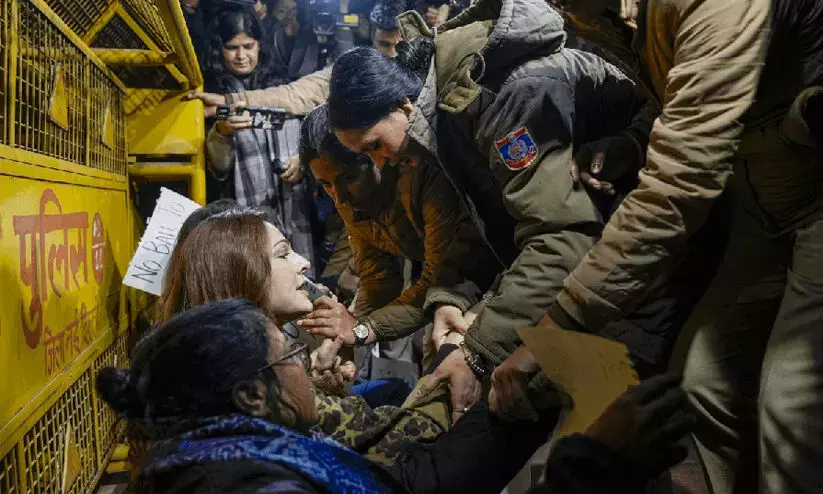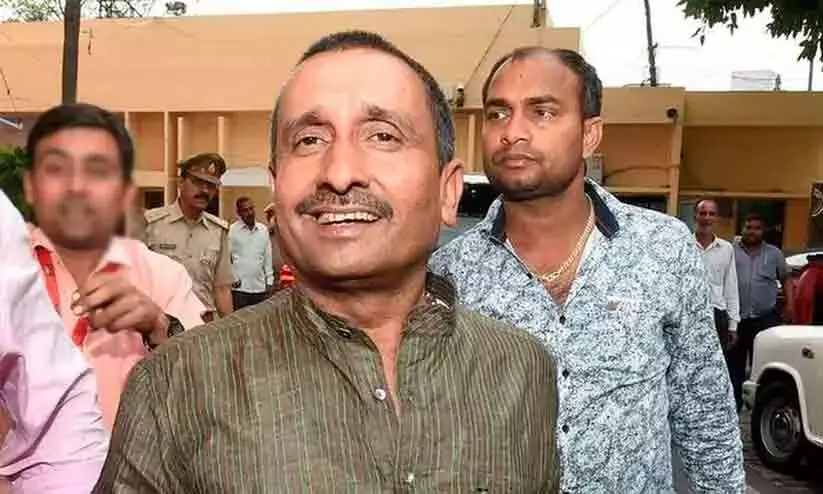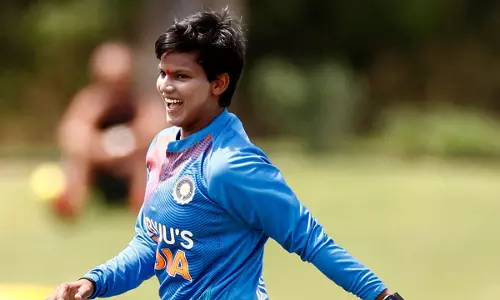

Children, the most vulnerable to air pollution: Report
text_fieldsWHO says that children residing in a heavily air-polluted region may have underdeveloped lungs with limited functionality when they attain adulthood. This could lead to asthma. A 2018 report by WHO says that 93 per cent of the world's children under the age of 15 breathe toxic air.
UNICEF said in one of its recent reports that kids take two to three times more polluted particles than adults. It says that this is due to the faster breathing rates of children compared to adults. When adults breathe 12 to 18 times in a minute, children breathe 20 to 30 times and infants 30 to 40. The organisation says nearly 130,000 children die every year in South Asia, including India, due to toxic air.
Particulate Matter (PM) of size 2.5 macrons are smaller air pollutants that could enter children's bodies and affect lungs, eyes and brain.
The environmental organisation Greenpeace's statistics shows that in 2020 57,000 untimely deaths in Delhi could be attributed to air pollution. PM 2.5 in India's air is five times more than acceptable, a separate report by WHO says.
In a total of 180 countries listed in the 12th biennial Environmental Performance Index (EPI) on air quality, India ranked 168, worse than neighbouring Sri Lanka (109), Pakistan (142), Nepal (145) and Bangladesh (162). The United States ranked 24, Israel 29, Saudi Arabia 90 and China ranked 120, performing far better than India.






















